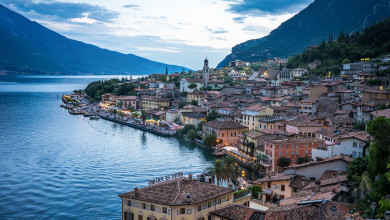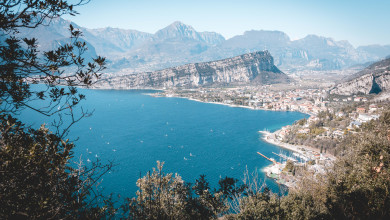Lake Garda: the Veneto shore
Did You Know?
The eastern shore of Lake Garda lies in the Veneto region, bathing the province of Verona from Peschiera del Garda to Malcesine.
Starting from the flat territory of the southern part, as one proceeds north one can see the landscape transform, first leaving room for gentle hills and then for high mountains overlooking the northern waters of the lake.
The western shore of the lake is also known as the Olive Riviera. This area is in fact characterised by a succession of olive groves, one of the main crops of the area, famous for the production of Garda extra virgin olive oil, a product with a protected designation of origin.
Peschiera del Garda
Consisting of a network of canals, bridges and piers, Peschiera is located at the southernmost tip of Lake Garda, crossing the outflow of the River Mincio.
The Rocca, its fortification system of Venetian origin, is a UNESCO heritage site. It is an imposing pentagonal-shaped wall, dating back to the 16th century.
Porta Verona and Porta Brescia are the two access points to the fortress, ideal for starting a tour of the city. Also worth seeing are its five bastions: San Marco, Querini, Tognon, Cantarane and Feltrin.
We also recommend crossing the historic Ponte dei Voltoni, a 16th century bridge recognisable by its five arches; it overlooks the Canale di Mezzo, where you will find numerous characteristic fishermen's boats moored.
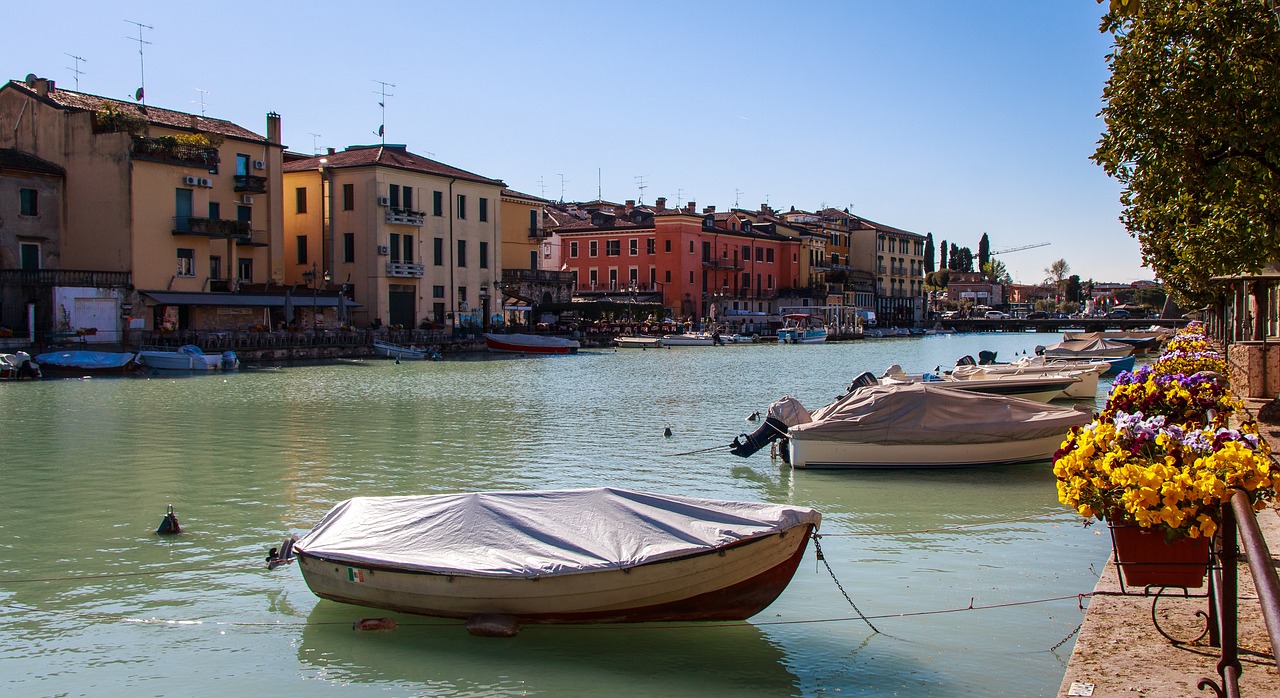
Lazise
This enchanting town is a suitable destination for a romantic getaway, a family holiday, or as a base for a Lake Garda itinerary.
A mediaeval village, Lazise is the first free commune in Italy: in 983, the Holy Roman Emperor Ottone II is said to have granted the inhabitants of Lazise, by means of an imperial diploma, the privilege to impose transit and fishing rights and to fortify the village.
Of great historical importance are the Scaliger Castle and the ancient walls, which recall the medieval past and surround its historic centre.
We also recommend visiting the Romanesque church of San Nicolò, dating back to the 12th century and containing frescoes attributed to the school of Giotto. Next to it you will find the ancient Venetian Customs House (Antica Dogana veneta).
As in every town overlooking Lake Garda, a walk along its lakeside promenade is a must.
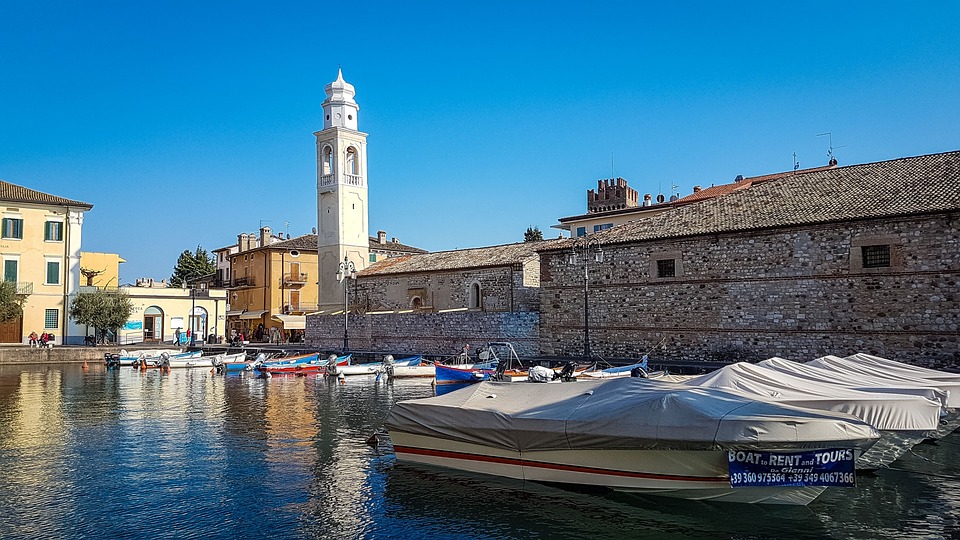
Bardolino
A small village, it is the centre of the Bardolino wine region, a DOC red wine typical of the south-eastern part of the lake.
For this reason, we can only suggest a visit to the area's wine cellars, following one of the routes of the Bardolino Trail. This is a bicycle and pedestrian route created by the organisation of six municipalities that produce Bardolino classico: Costermano sul Garda, Garda, Rivoli, Cavaion Veronese and Affi. It includes 18 routes of varying difficulty, about 140 km in total with about sixty wineries involved.
The historic centre of Bardolino is also undoubtedly worth a visit, characteristic for its typical fishermen's houses near the lake shore.
Representing both its history and artistic heritage are the Church of San Severo and the Church of San Zeno, the latter considered one of the main monuments of the Carolingian period.
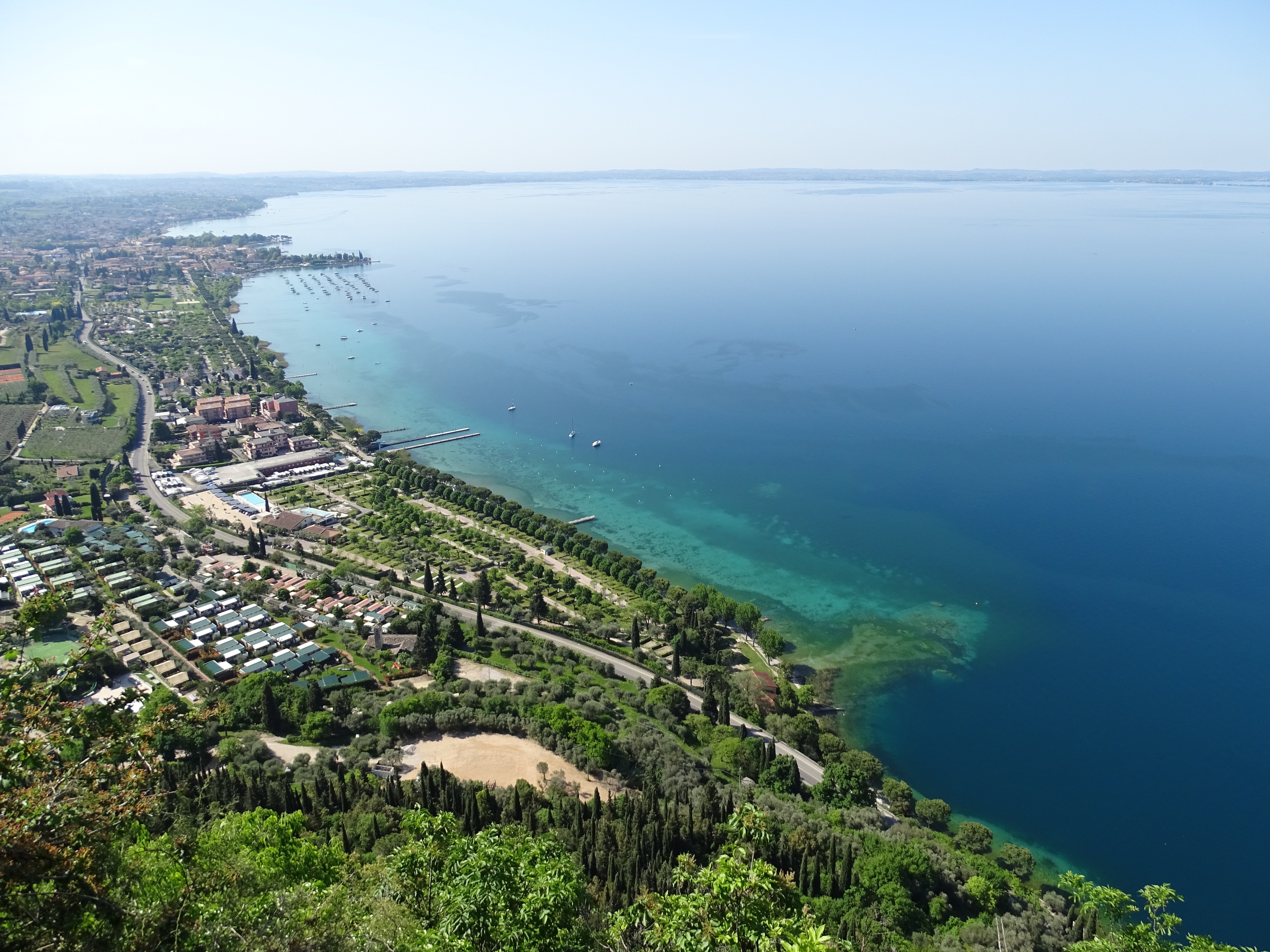
Garda
It is impossible not to mention the town named after the lake, situated in a wide inlet at the foot of the Rocca di Garda. In fact, it seems that the name 'garda' derives from 'warda', a Longobard term meaning 'guard', in reference to the ancient castle that once stood on the mountain behind the town, of which little remains today.
The town is rich in historical palaces and villas, some examples of which are: Villa Abertini, Palazzo Carlotti, Palazzo Fregoso and Palazzo dei Capitani.
A little further away from the town centre, about 3 km from Garda, is the beautiful Punta San Vigilio: this is a natural promontory that includes only a villa, a church, an inn, a small harbour, and the magnificent Baia delle Sirene park, in which there is also a wonderful beach.
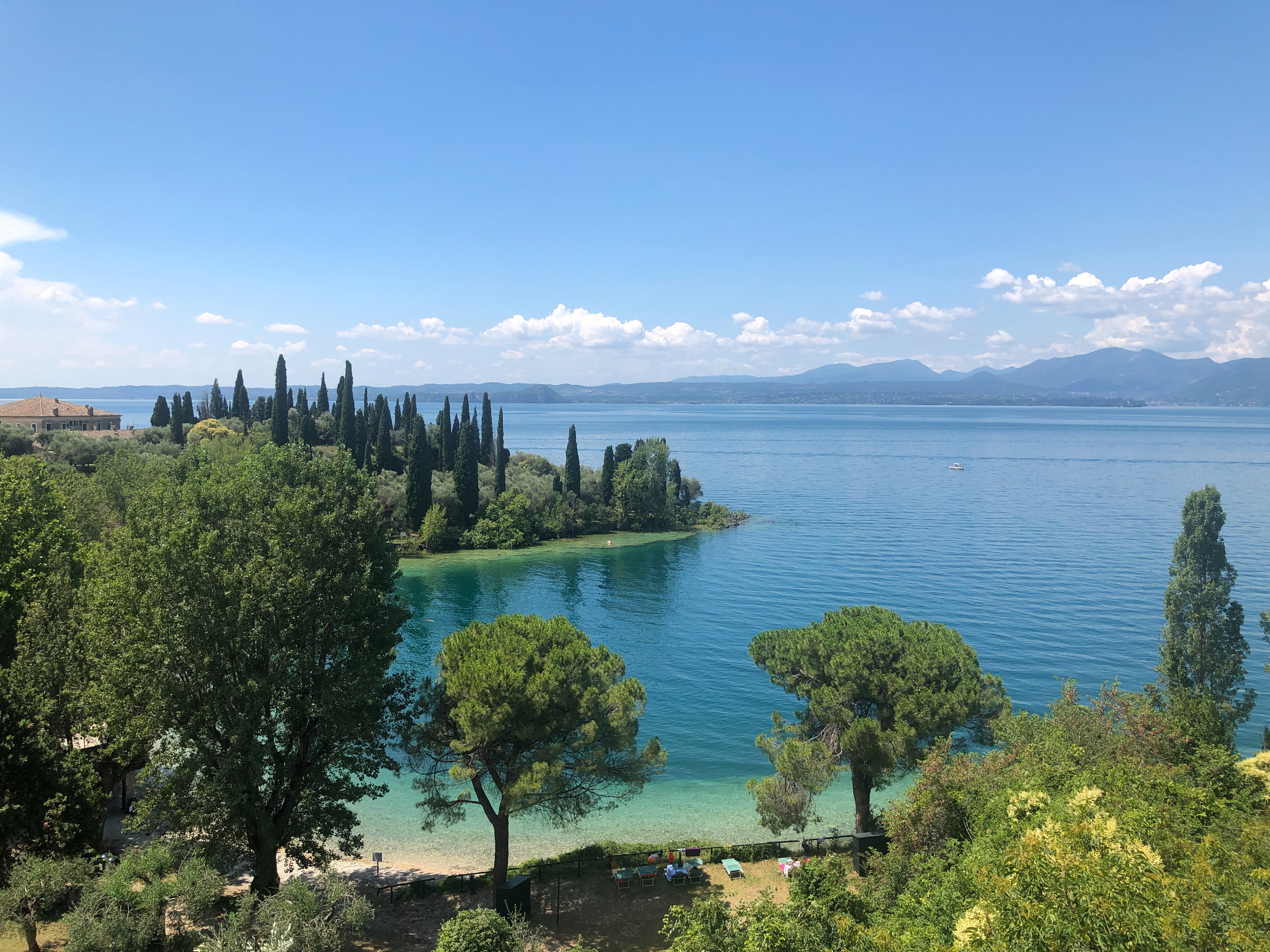
Malcesine
The last town in Veneto before entering Trentino, Malcesine is unmistakable thanks to its castle overlooking the lake that majestically stands out in the landscape.
Its Scaligero Castle is therefore undoubtedly the symbol of the town, originally built in the 9th century A.D. and now a museum and event venue. At the foot of the Castle, the narrow streets of its small historic centre intersect.
Behind the town rises the imposing Monte Baldo, more than 2,000 metres high: for the well-trained, the ascent is via numerous trekking routes, but the most popular alternative is the cable car to the Colma di Malcesine (1750m).
Malcesine is also a very famous and popular destination for water sports, especially kitesurfing and windsurfing. This is due to the very windy nature of the area.
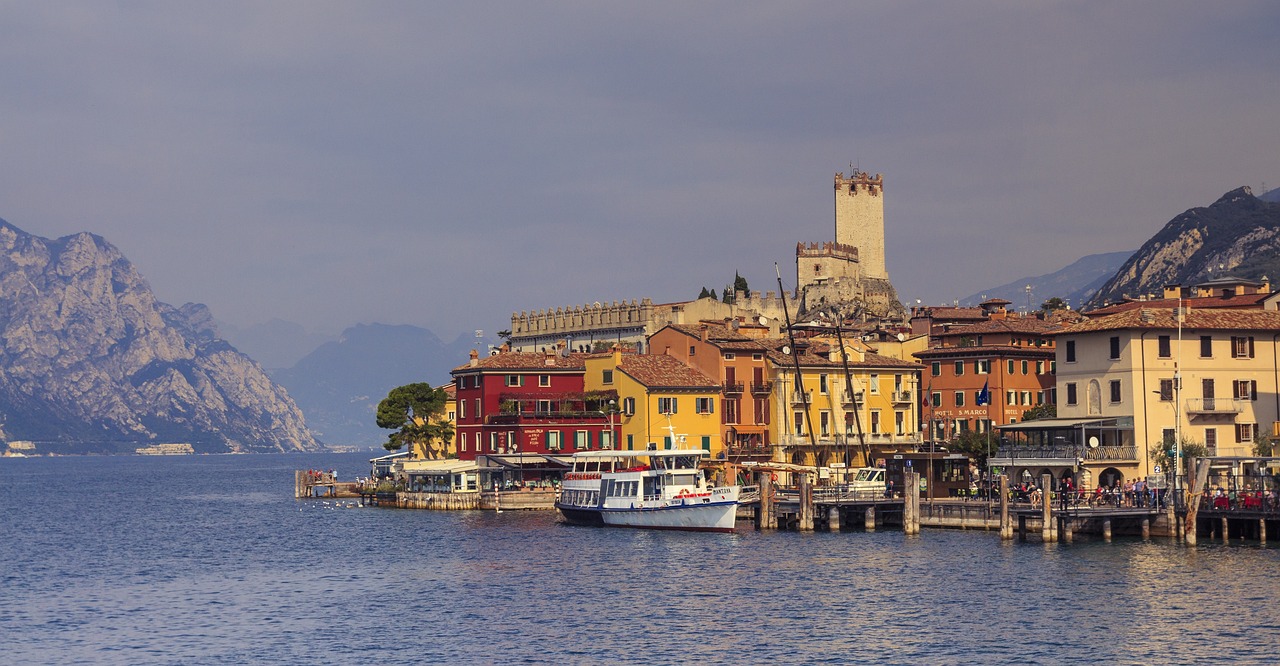
Looking for advice on where to stay? Click here to consult the list of establishments registered on Nozio.com and book on their official website at the best conditions!

